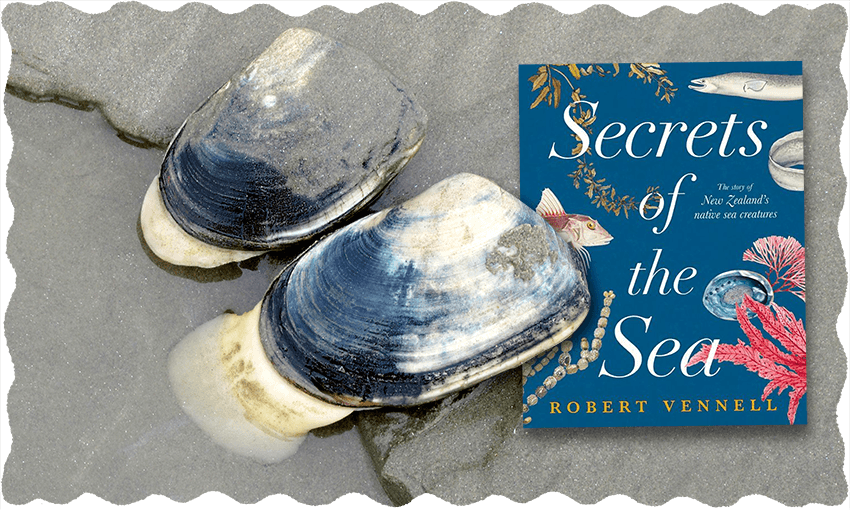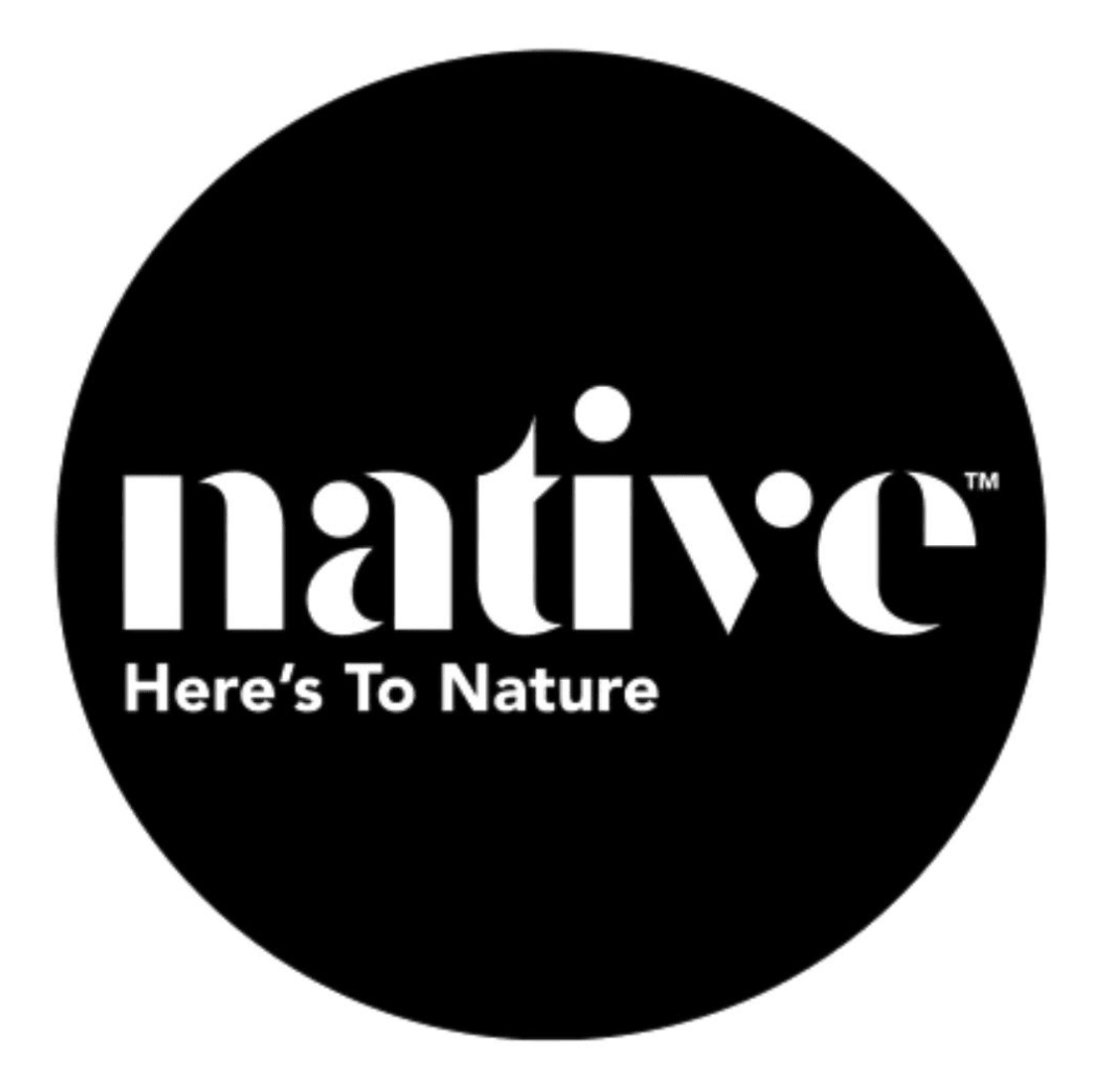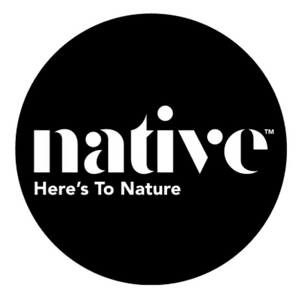Summer read: When the future King of England wrote ‘Very good!’ next to ‘Toheroa Soup’ on his menu, it triggered a frenzy of exploitation that nearly drove the prized shellfish to extinction. In this excerpt from Robert Vennell’s Secrets of the Sea: The Story of New Zealand’s Native Sea Creatures, the history of toheroa is served.
First published October 11, 2022
Toheroa were once our most famous shellfish, eaten in the dining rooms of Sydney and London, and described as “a gift of nature … that has done much to advertise the Dominion all over the world”. Found in immense beds several kilometres long, so dense they could be harvested with a horse and plough, toheroa were believed to be an inexhaustible resource. But today their populations are so threatened that they are the only shellfish that it is illegal to take or disturb without a permit.
For Māori, toheroa have always been highly significant. To make the most of the huge abundance of food they provided, communities would set up temporary camps near the coast to collect and preserve toheroa for future use. The shellfish were dug out by hand and placed in woven kete that allowed the sand and water to drain out. Once gathered, toheroa could be cracked open and eaten raw on the beach, cooked in a hāngī or preserved by threading them with strings of flax and leaving them in the sun to dry.
Even a single toheroa is a rich and sustaining meal, and a ration of one toheroa a day was fed to taua (war parties) on the march. Desirable toheroa beds were themselves sometimes a cause of war, and there are accounts of battles fought over the large beds on the west coast of the North Island.
Those who had access to toheroa beds were in possession of a valuable resource. Dried toheroa were useful items for trade, and were seen as a prestigious food to serve to guests when welcoming them onto the marae. Indeed, toheroa were valued so highly that Māori actively translocated them across the country to introduce them into new areas and build up population numbers. Oral traditions speak of toheroa being stored in bags of bull kelp filled with sea water to keep them alive on long journeys. This may help explain why toheroa have such an unusual distribution: primarily along the west coast of the North Island, but with one isolated population at the bottom of the South Island.
As such an important shellfish, toheroa were said to have very prestigious origins. They were believed to have originally come from the spiritual homeland of Hawaiki and been “planted” on the west coast of Northland. Another tradition from the north helps explain the biology of toheroa by describing its special relationship with pīngao, a golden sand sedge. Pīngao was originally a seaweed, but was placed in the dunes by Tangaroa – atua of the sea – to look after toheroa.
It is believed that at the spring tide, the tiny juveniles of toheroa (spat) are carried in the foam of the waves and deposited within the leaves of pīngao on the sand dunes. Here they are nurtured and grow strong until they are ready to survive in the sand.
Then they hitch a ride on the seed-heads of spinifex grass – the tumbleweed-like plants that blow across sandy beaches – and are deposited across the beach. When an expert in toheroa deemed this process was taking place, children were forbidden to play waiwatai, a game in which they chased the tumbling seed-heads around the beach, in case they disturbed the toheroa during this vulnerable time.
Pākehā enjoyed eating toheroa from the early days of settlement. The shellfish were left in a bucket of water to encourage them to spit out any sand and then cooked over a fire, fried, steamed, minced or turned into fritters and served with bread. For the purists, however, there was only one way to eat them: toheroa soup.
At first glance toheroa soup seems an unlikely food phenomenon, as when the shellfish are boiled it results in an unusual, khaki-green broth, coloured by all of the phytoplankton they eat. But this green soup was highly admired. It had a delicate flavour that was easy on the stomach but nourishing and invigorating at the same time.
In the 1920s, toheroa soup went global. During a royal tour of New Zealand, Prince Edward (later King Edward VIII) was served the soup at a banquet and loved the taste so much that he underlined it on the menu and scribbled in the margin “Very good!” The incident was reported widely in newspapers, spurring huge demand across the British Commonwealth, as people sought to try this dish “fit for a king”. Toheroa soup was soon on the menu at restaurants and diners throughout New Zealand, Australia and Britain. It became a staple of high-end restaurants as well as milk bars on the street, and hot toheroa soup was a favourite in the cold English winter.
In response to the demand, the toheroa-canning industry grew substantially and huge numbers of the shellfish were canned whole or minced and sent overseas. At the height of toheroa’s popularity, Australian fisheries managers investigated how they could introduce the shellfish to Australia, and folk tales rose up about a wealthy American businessman who attempted to buy New Zealand solely to take possession of the supply of toheroa soup. Toheroa collecting became something of a national pastime, and held such a prominent place in the public consciousness that children sang about toheroa at school and canned toheroa were sent to New Zealand troops fighting in World War II in Egypt and the Pacific.
But even as early as the 1920s there were concerns that toheroa were declining so fast they might become extinct if nothing was done to protect them. In the 1950s and 1960s, with more New Zealanders having access to cars, it became popular to drive to the beach to collect toheroa. In 1966, at Glinks Gully at Ripirō Beach in Northland, around 50,000 people turned up and harvested over a million toheroa in one weekend.
Over time the huge beds began to shrink, and fewer and fewer toheroa were found every year. By the end of the 1960s, the toheroa canning factories had closed down, and tight restrictions were being introduced, with harvesting only allowed on occasional open days. These days could be wild and frantic affairs, as thousands of people descended on the coast all at once to collect toheroa. Cars sometimes collided on beaches and conflicts broke out between gatherers.
Some people got so caught up in the excitement they didn’t actually know what to do with the shellfish they caught, and surplus toheroa could sometimes be found at the local dump afterwards.
The last open day was in 1993, and ever since toheroa have been completely protected, with only small numbers allowed to be taken for the customary Māori harvest. Today, toheroa poachers risk fines of up to $20,000, yet they often go to extreme lengths to steal the shellfish. Some have been caught stowing toheroa in handbags, jacket pockets and spare tyres; pretending to play golf near the beach and digging them up with clubs; or getting their children to build sandcastles over the beds so they can be collected in secret.
Even after 40 years of restrictions, toheroa numbers have failed to recover. They remain under threat from a range of sources, such as disease, run-off, pollution and vehicles driving on beaches. However, there is some hope for the future, as a female toheroa may release 15–20 million eggs in a single spawning event. If some of the threats to toheroa could be managed, then their populations have the potential to rebound.
Work has been done to investigate restoring toheroa beds, with kaitiaki Māori experimenting with traditional methods of translocating toheroa using bull kelp bags to help build up populations. In one example, a group of kaitiaki took 30,000 toheroa from Ripirō Beach and moved them to Te Oneone Rangatira Beach, near Muriwai. They have successfully established there, creating a model for how other toheroa beds might be restored in future.
Secrets of the Sea: The Story of New Zealand’s Native Sea Creatures by Robert Vennell (HarperCollins NZ, $55) can be ordered from Unity Books Auckland and Wellington.


